Khabar Khair (Only Good News) – Fatima Rashad
Yemen has a range of diverse mountains rich in colorful stones, granite and marble of high quality. These types of rock are found in many Yemeni governorates, including Abyan, Al Dhale’e, Hadhramaut, Marib, Amran, Dhamar, Saada and Lahj, and are used in building, construction, decoration and in many industries.
Investment in quarries (marble, granite and ornamental stones) is one of the most promising fields in Yemen, as Yemen is distinguished by the diversity of stones, granite and marble, which makes this industry promising, profitable and competitive in the local and foreign markets.
Granite has beautiful ornamental shapes, and the color depends on the nature of the metal that makes it. Granite in different colors is found in Yemen counting 10 to 15 colors. This volcanic stone, which has different shapes and colors, occupies a global place in its use, so no house is devoid of it. Hence, it is found in domestic utensils and in the various construction processes.
Osama Khaled, a seller of ceramics and granite, told “Khabar Kheir” (Good News), “People are buying local granite to be used in the construction process because of its aesthetic appearance, quality and durability”.
He adds, “We see that most of the buildings are decorated with a variety of local granite, as well as local marble in different colors”.
Granite has many benefits that made many people buy, acquire and use it in their daily lives, and because its rocks are solid and resist water leakage, in addition to its solid surface that extends its life and continuity.
A Wealth of Rocks in Different Provinces
Hajjah governorate is at the forefront of the Yemeni regions where the finest types of granite and stones are found, depending on the degree of color required by the investors. Abyan governorate comes in the third place, where granite is abundant, and then other governorates follow such as Shabwa, Hadhramaut and Marib.
The Director of the Minerals Department in the Geological Survey and Mineral Resources Board, Engineer Anwar Qassem, confirmed, “The granite in Yemen is abundant in very large quantities, especially in Hajjah, Abyan, Shabwa, Hadramout and Saada.”
Eng. Anwar added, “One of the advantages of granite is that it depends on the pink or reddish color, and this type is considered desirable by investors. Hajjah governorate is one of the best governorates in which granite is distinguished. As for Abyan governorate, the degree of color is gray”.
Anwar said, “There are effects from the use of granite stone because it is a radioactive stone, especially the red granite, due to the presence of potassium and rare elements in it, but there are teams that process and examine it in order to be used safely”.
Eng. Anwar said, “In Yemen, there is an export of granite, but in small quantities, despite the presence of large quantities in Abyan, but it is not preferred to be exported because of the degree of color. Most of the granite in Yemen tends to gray”.
“There is a difference between ceramic and granite, says Eng. Anwar, ceramic is a mixture of stones that are formed, stored and combined in factories, while granite is a stone that can be polished and cut in order to be used directly without resorting to a cosmetic process”.
For his part, Ali Muhammed, who has been working in construction for 16 years, moving between building tools, says, “The granite that we are working on at the present time, which many people prefers these days, is the Yemeni granite. It is easy to work and move and of high quality and distinct colors, although sometimes we find the texture is not of that excellent quality, but it is an advantage in work”.
Investment licenses
The Department of Licenses and Companies in the Geological Survey Board established the Promotion Section, which is the department responsible for granting licenses to the sites for the investors.
This department also promotes rocky ores through internal and external workshops, seminars and conferences, and takes rock samples and brochures to promote them in order to attract the investors to invest and extract these stones.
There are terms and conditions in accordance with the Mining Code, which was approved by the House of Representatives in issuing licenses. Hence, there is a license to explore and one to prospect the quarry, and each license contains clauses in order to give the investor the quarry for investment. There are many facilities provided to the investor by exempting him from the customs duties of the equipment that is facilitated in order to encourage him to invest.
The stage after granting licenses comes as a follow-up through his commitment to the law and the conditions of drilling and prospecting, if the drilling is carried out without harming the environment surrounding, thus whoever does not comply with these conditions, the board will have to submit legal notices by the judiciary.
Engineer Muhammed Ya’coob from the Assessment Department confirms that technology plays a major role in extracting granite stone through advanced equipment that helps the worker in this field. In fact, there is environmental damage through the blasting process of the mountains in some areas that need to use blasting, and this harms the rock that may crumble during the explosion.
In the Marib governorate, there is a saw in the extraction of rock which helps somehow in the work, and in Abyan, the rock is found as it does not need to be extracted”.
He continues about granite and marble, “Yemeni granite is characterized by excellent physico-mechanical specifications, especially the presence of the feldspar and the calcium concentrated in the marble stone, which, if exploited, will contribute to the process of manufacturing medicines. The age of the hypothetical granite stone was estimated to be 2,400 years, and there is marble buried under the sand in Marib, and is found in large quantities. The Yemeni marble contains 94% of calcium, especially the white marble”.
Muhammed Saeed has been working in the extraction of marble and granite in Abyan for more than nine years, in polishing granite and marble stones. He confirms that the process is carried out through simple equipment according to the possibility of the investor in Yemen.
He adds that Yemen possesses a great wealth, not only of granite and marble, but of several stones. In the Abyan governorate which is characterized by its various rocks, there are iron and copper stones.
The price of a cubic meter of marble reaches 300$, and the percentage that is covered by granite and marble stones for the local needs is 5% of the consumption. Indeed, the largest project needs 50-60 thousand square meters per year. The percentage of silicon dioxide in the granite and Gabbro rocks ranges between 45,30% to 79.26% and is characterized by the specifications of the granite rock reserve that reaches about 1.6 billion cubic meters.
The Geological Survey Board faces difficulties in the work of prospection and exploration for minerals, marble and granite, such as the refusal of some residents of the areas where the minerals are located to enter the survey work team, as the tasks of the work team are obstructed while they go to the site for research and prospection, in addition to a problem in finding the investors due to the conditions that Yemen suffers from.
In order to invest in the Yemeni stones, marble and granite spread, the investors must be encouraged to extract granite and marble ornamental stones. Hence, websites explaining investment projects should be created, as well as promotional campaigns for the types and finest stones, especially the granite and the marble, should be launched and the importation of granite and marble shouldn’t be done from outside Yemen.

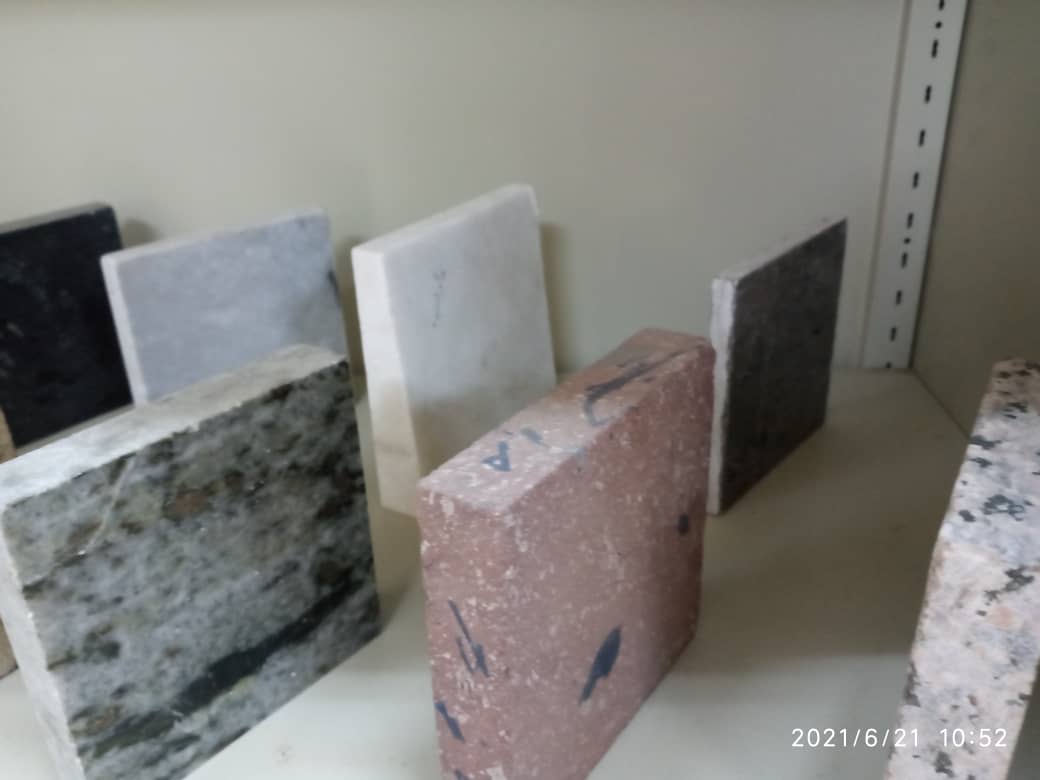
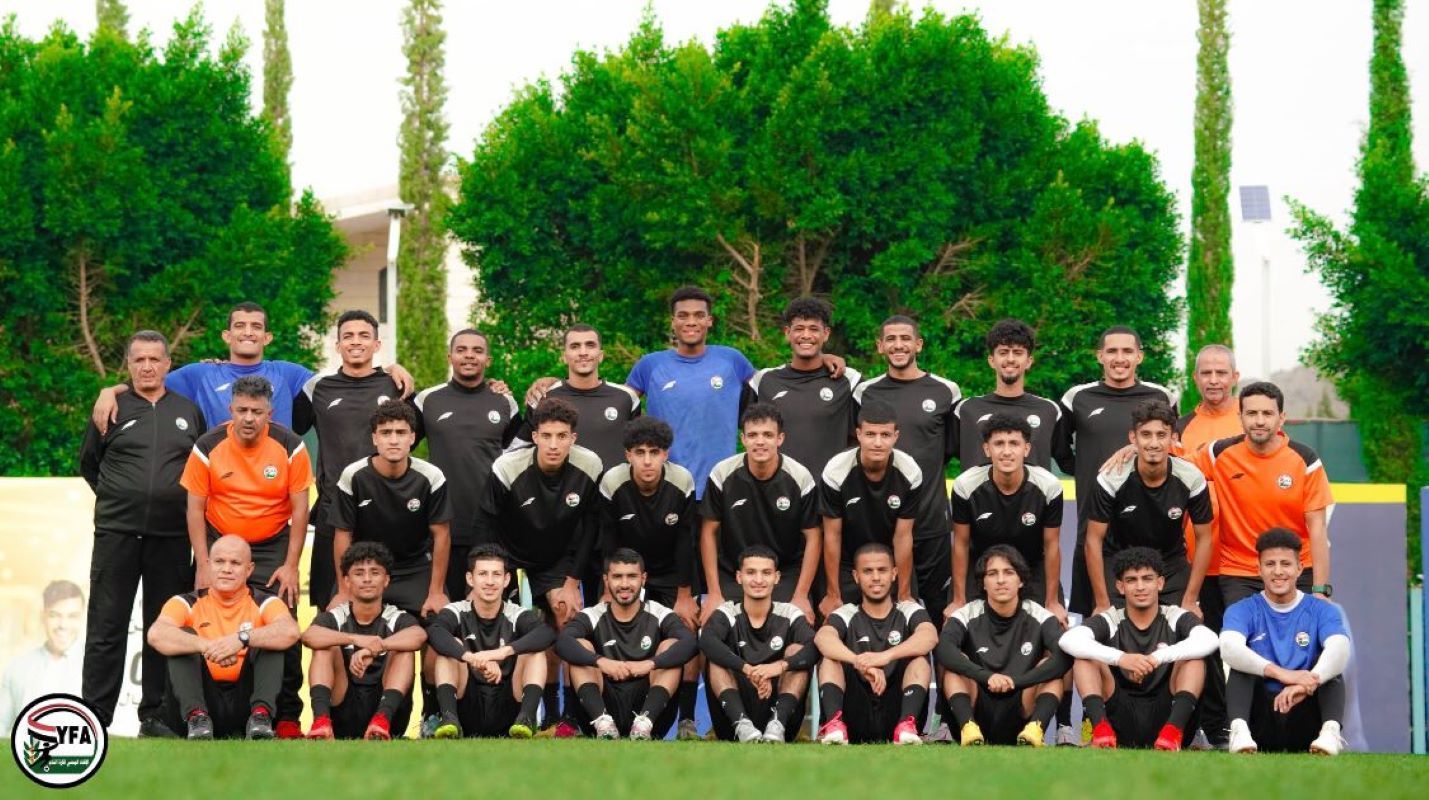
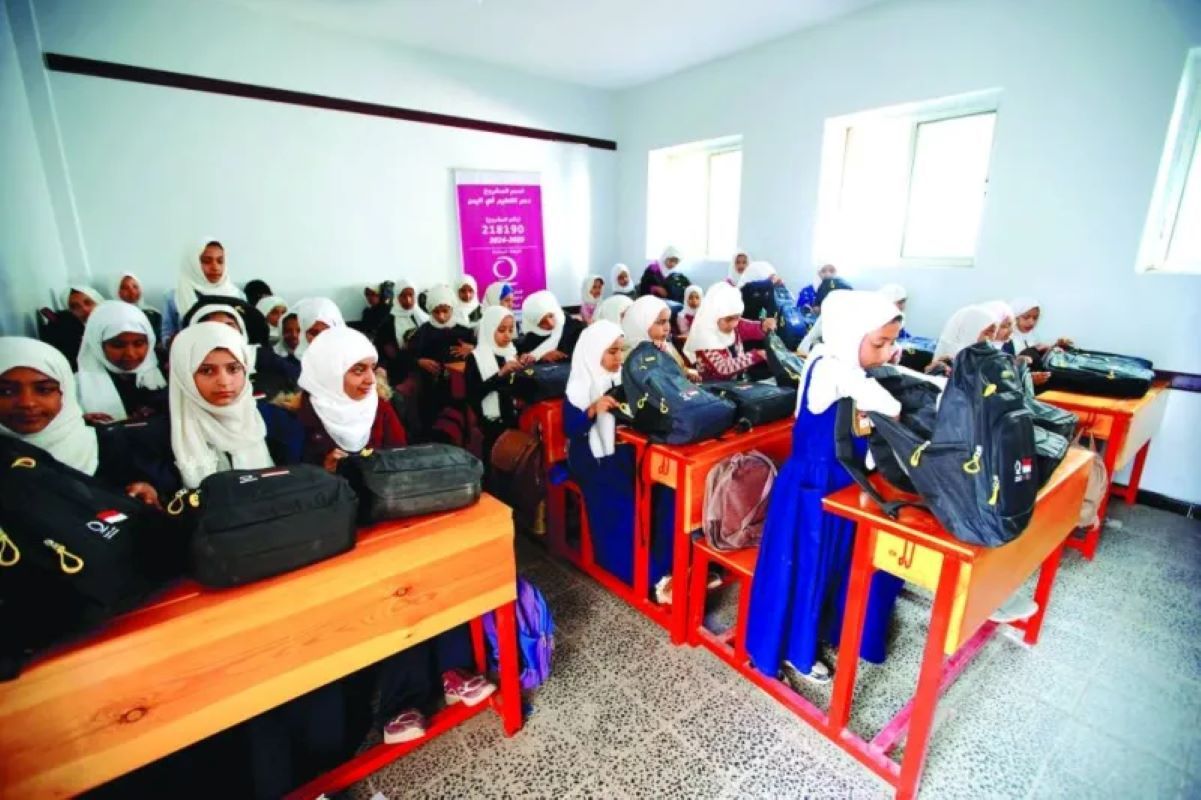

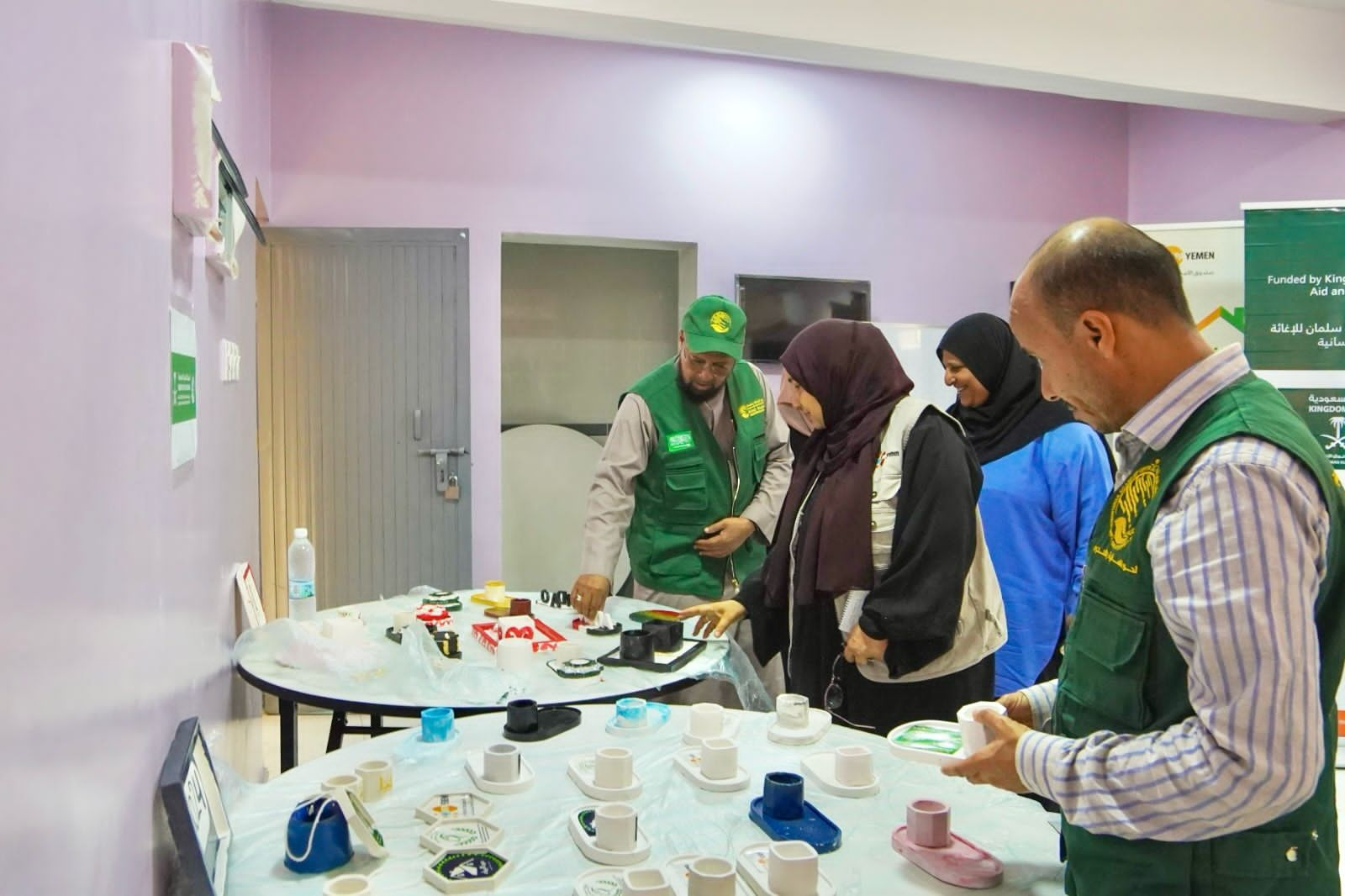
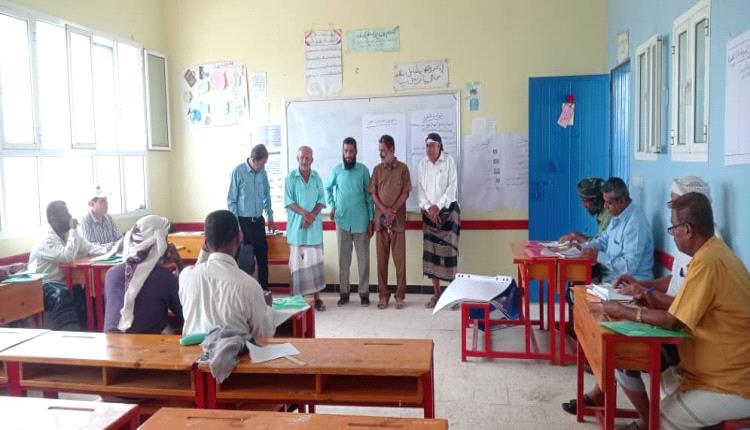


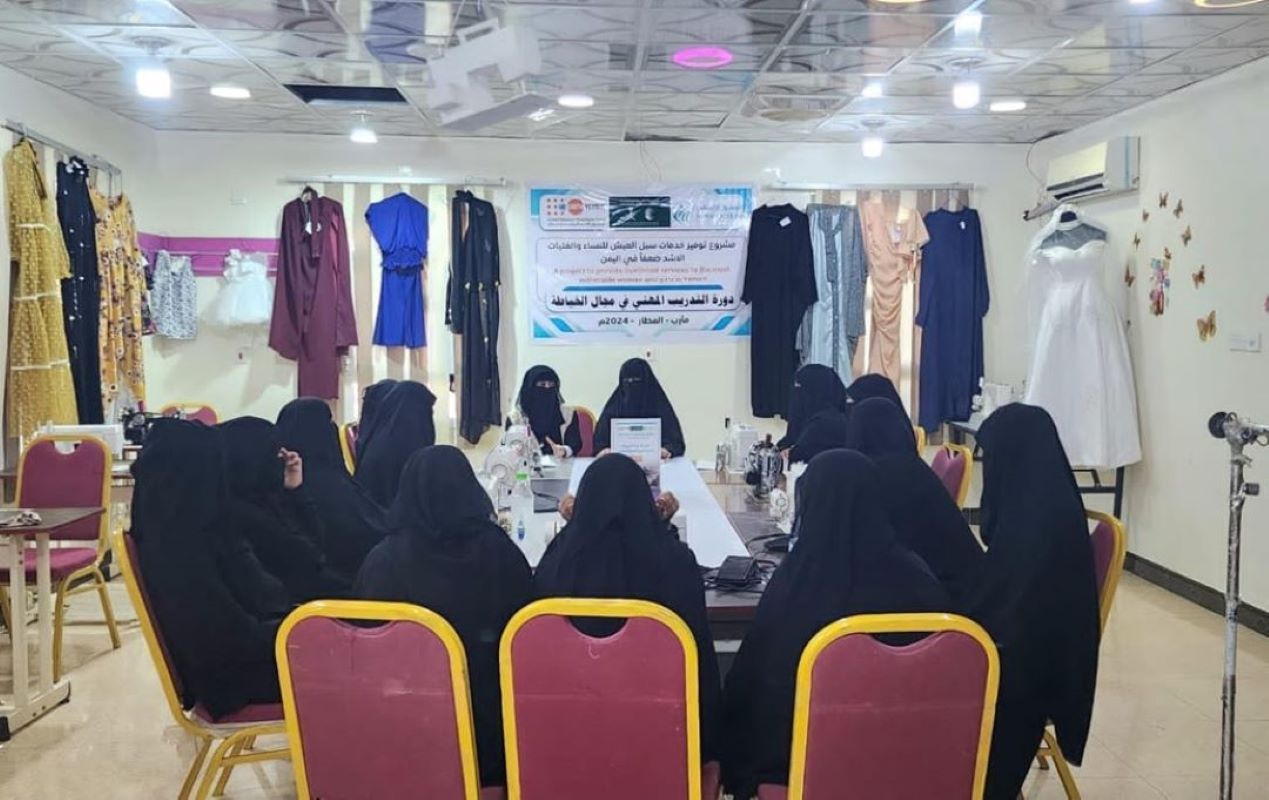
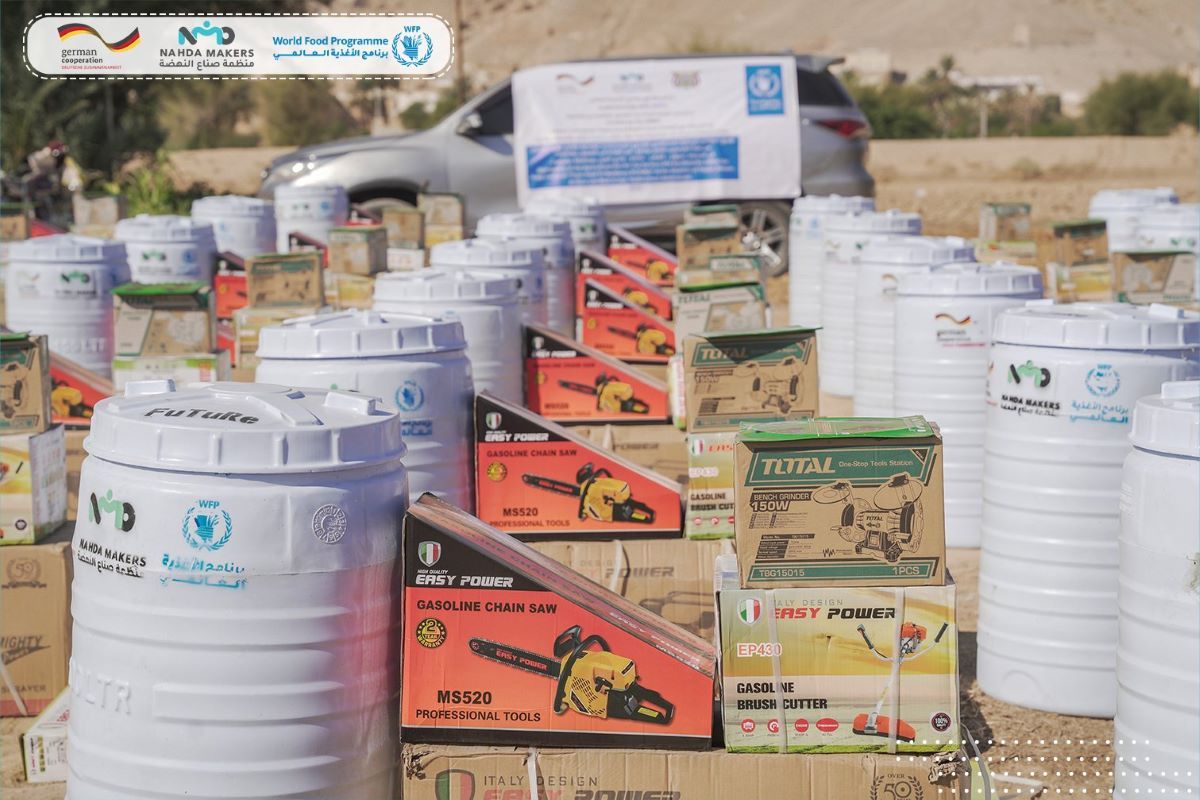

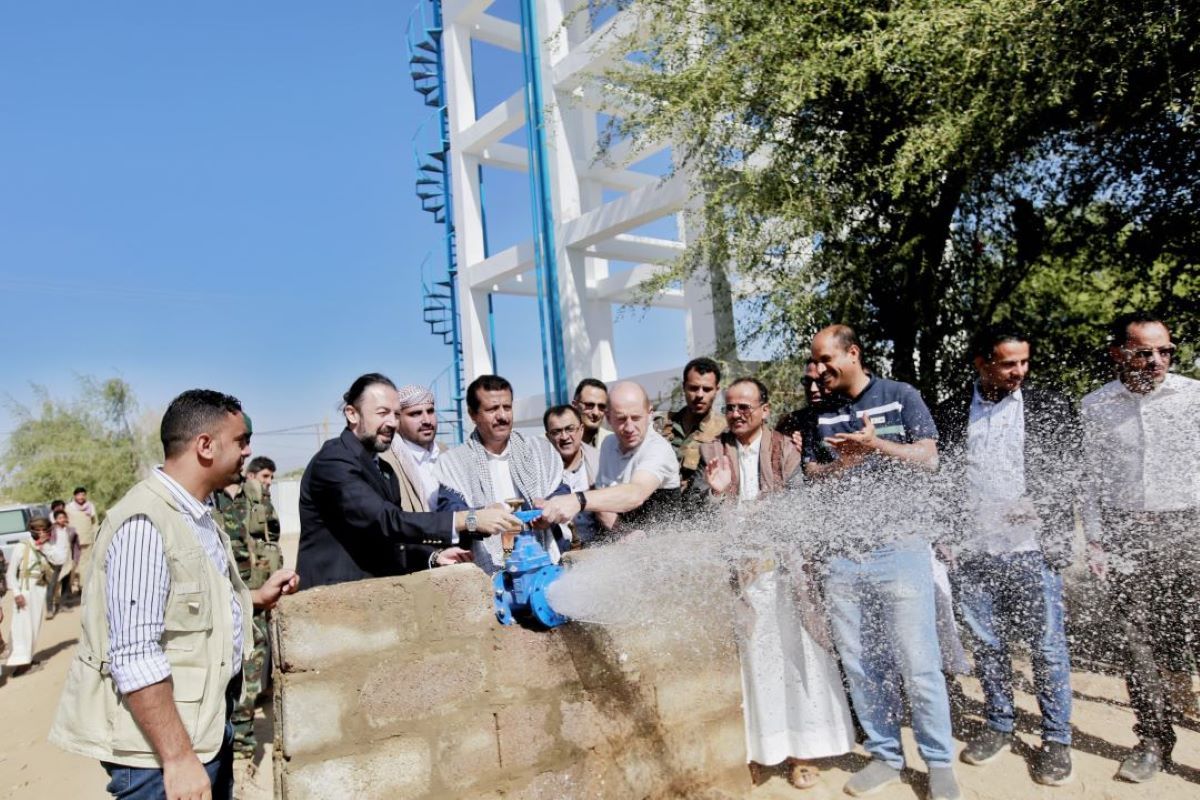


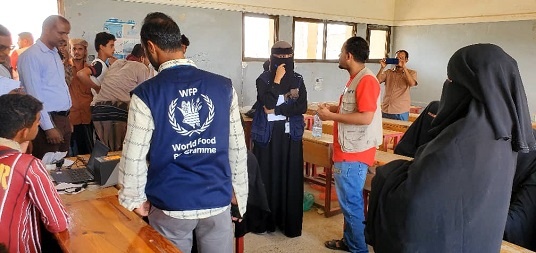
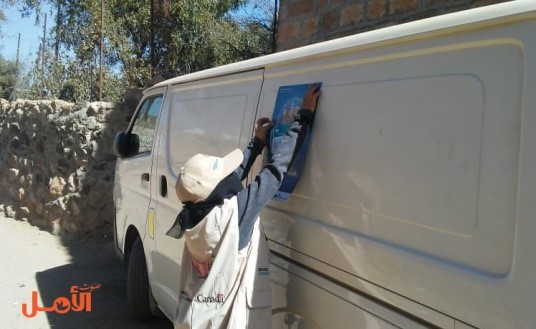
LEAVE A COMMENT